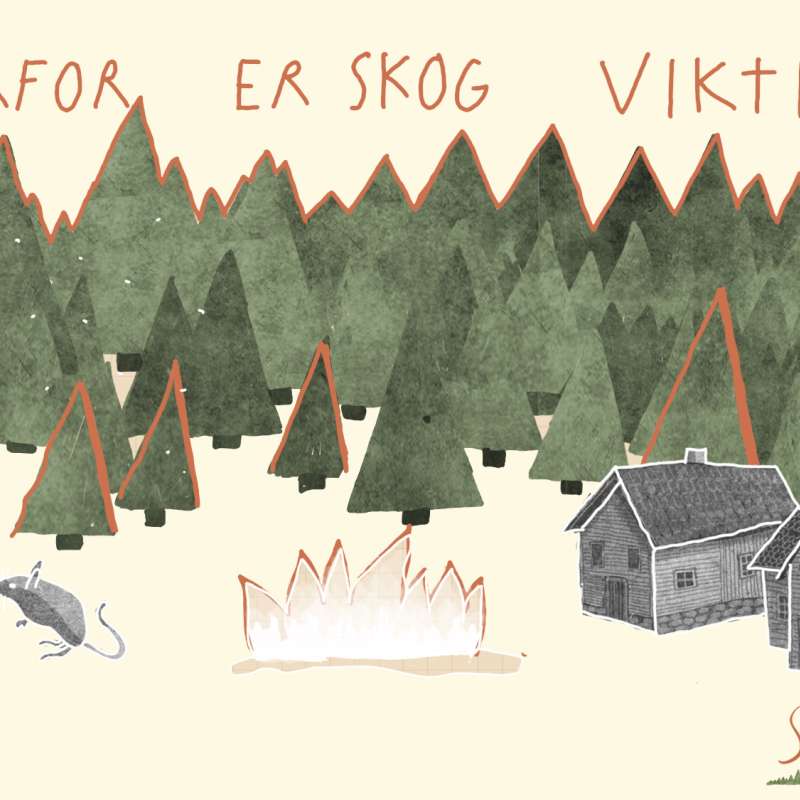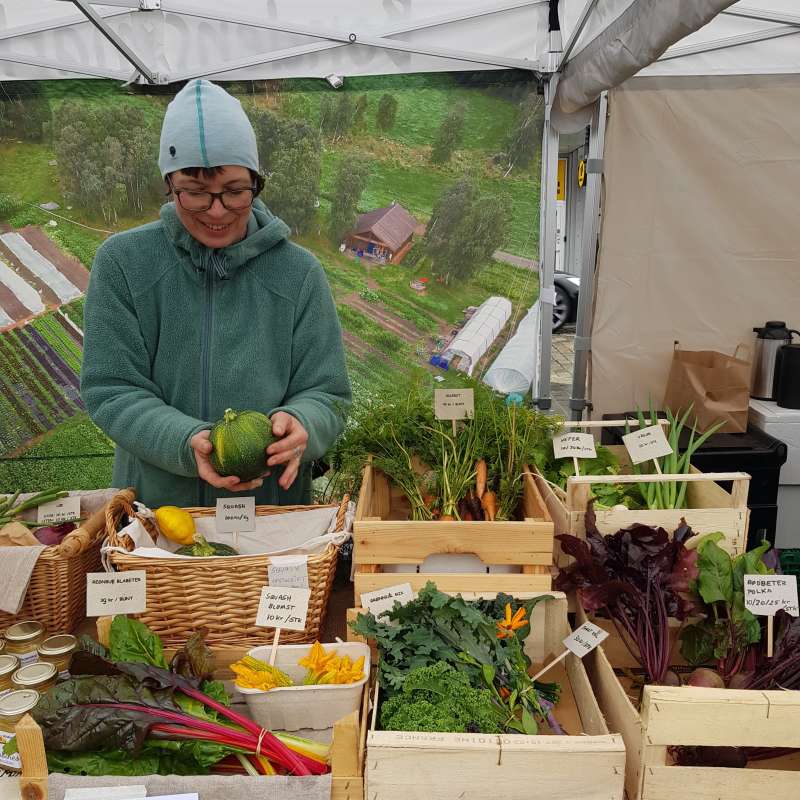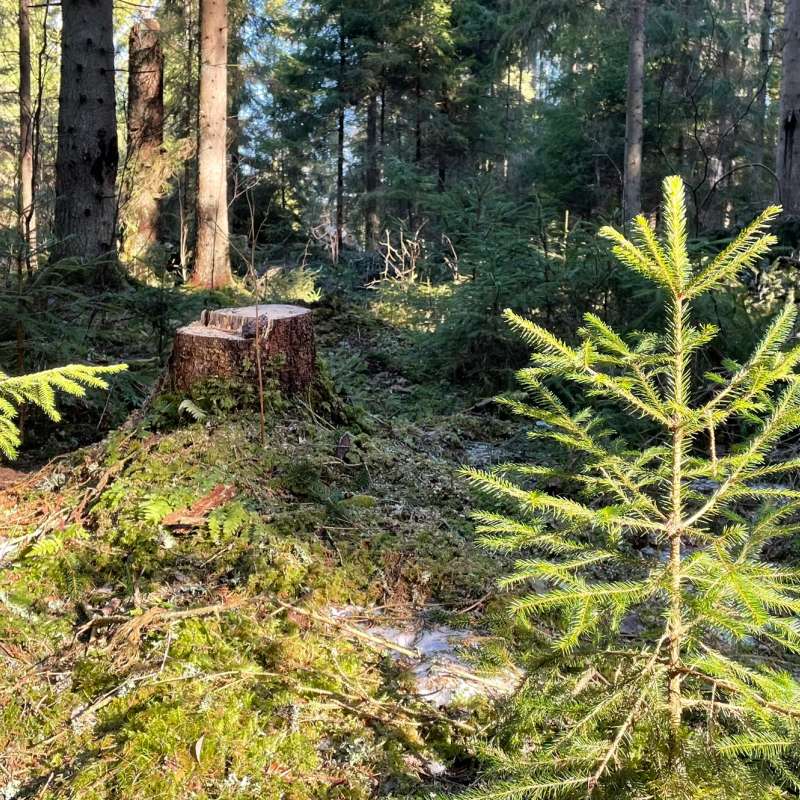Jørund Johansen
Forsker
Forfattere
Jørund JohansenSammendrag
Hordaland følgjer opp prosjektet Vibee si kartlegging av pollinerande insekt i Bergen og innflyttinga i insektshotella som vart satt opp i prosjektet.
Forfattere
Fride Høistad Schei Mie Prik Arnberg John-Arvid Grytnes Maren Stien Johansen Jørund Johansen Anna Birgitte Milford Anders Røynstrand Mari Mette TollefsrudSammendrag
Det er ikke registrert sammendrag
Sammendrag
Det er ikke registrert sammendrag

Divisjon for skog og utmark
Skogprat
Vi må ha en alvorsprat om skogen, for den er så mye mer enn bare trær.

Divisjon for matproduksjon og samfunn
The role of diversified small-scale horticulture in a transition towards more sustainable food systems with healthier diets (SmallHort)
The aim of the project is to explore how food systems based on diversified small-scale horticulture can be developed to become more economically, socially and environmentally sustainable while also increasing in scale. This will provide benefits to nature, environment and public health.

Divisjon for matproduksjon og samfunn
Betydningen av mangfoldig småskala-hagebruk i en omstilling mot mer bærekraftige matsystemer og sunnere kosthold
Målet med prosjektet er å utforske hvordan matsystemer basert på småskala hagebruk kan utvikles til å bli mer økonomisk, sosialt og miljømessig bærekraftige og samtidig øke i omfang, noe som vil gi fordeler både for natur og miljø og folkehelse.

Divisjon for skog og utmark
Lukkede hogster: Konsekvenser for produksjon, økonomi og biomangfold
Hovedmålet til prosjektet er å bygge kunnskap og kompetanse om hvordan en omlegging av norsk skogbruk, fra flatehogst til mer bruk av lukkede hogster, vil påvirke produksjon, økonomi og biologisk mangfold.
